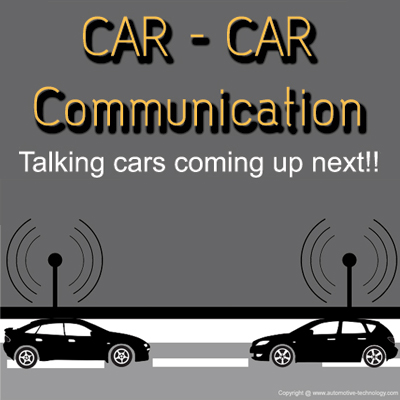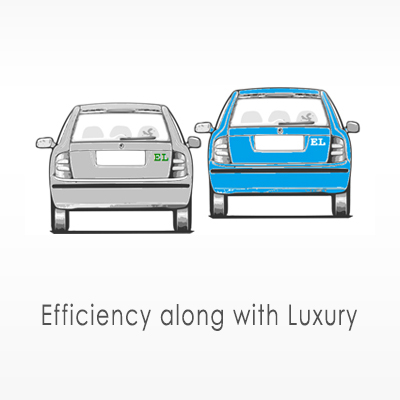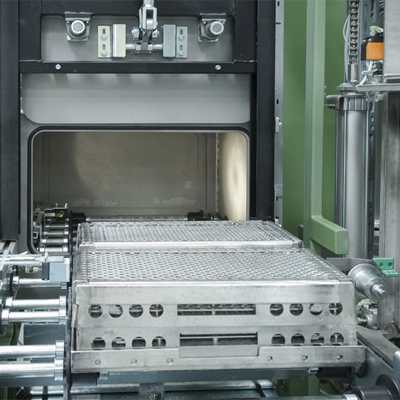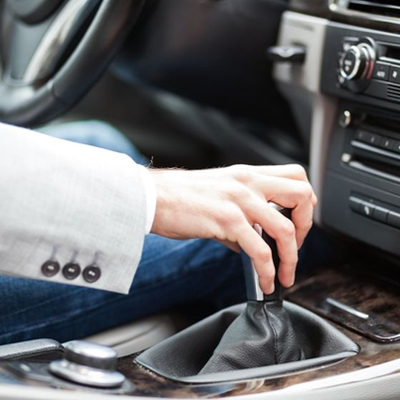Cars Communication

Talking Cars Coming Up Next!!
Driving is a crazy, Driving is Fun, Driving is a Sport. Driving is all about enjoying oneself in a single “machine”. With so many other aspects of our lives guided by computers that never get sleepy or distracted, manufacturers are now making our vehicles communicate with each other to avoid or say minimize accidents.
Vehicles are part of people's life in modern society, into which more and more hightech devices are integrated, and a common platform for inter–vehicle communication is necessary to realize an intelligent transportation system supporting safe driving, dynamic route scheduling, emergency message dissemination, and traffic condition monitoring.
When “The Terminator” came out in 1984, it involved an annihilating future wherein machines had risen against us. Having arrived in that future, we now know better. The machines won't kill us. But they are removing us from the equation.
Researchers say, autonomous cars will reduce traffic jams because they will communicate with one another to use the highways more efficiently. Because they will spend less time in gridlock, they will lessen the emission of harmful pollutants. And, they will give greater personal mobility to those who, because of disability or age, cannot drive.
NHTSA and eight automakers did a year long research to determine whether vehicles that talk to each other can prevent accidents. The Safety Pilot Model Deployment project brings together about 1500 cars equipped with Dedicated short–range communications (DSRC) devices that constantly transmit “here–I–am” signals to vehicles around them.
Vehicle–to–vehicle communication can be used to disseminate messages of multiple services generating their content using sensors within the vehicle. These services can include accident warning, information on traffic jams or warning of an approaching rescue vehicle. In addition, information on road or weather conditions can be exchanged.
The warning systems can alert drivers to hazards such as a pedestrian ahead or a car moving into an intersection from the side, and to detect other cars and deliver warnings if they get too close to each other.
These Cars are fitted with radios that broadcast basic safety messages about surrounding automobiles' speed and location 10 times per second among this smaller fleet. Messages travel on a special Wi–Fi spectrum designated for vehicle–to–vehicle (V2V) communication. A car's DSRC signal extends more than 300 meters in all directions, so, unlike unidirectional radar or a sensor, it can pick up the signal of another car approaching too closely from any angle. The “here–I–am” message cannot be blocked by another car, so it can, for example, detect a hazard two cars ahead.
The idea is to give that driver who might possibly be distracted-maybe by talking to another passenger or fiddling with the radio-that extra little buffer to get his attention back on the road and react accordingly.
In order to get a broad safety benefit, a significant number of vehicles must have DSRC, and achieving that penetration would likely require some kind of government mandate.
The trend of integrating new services in vehicles increases rapidly. Car–to–car communication is an interesting and challenging new field in communication network research. Car 2 Car communication is an investment in the future. The future holds a lot in its bag, with technology everchanging and softwares developed, We shall have talking cars just like robots very soon.



